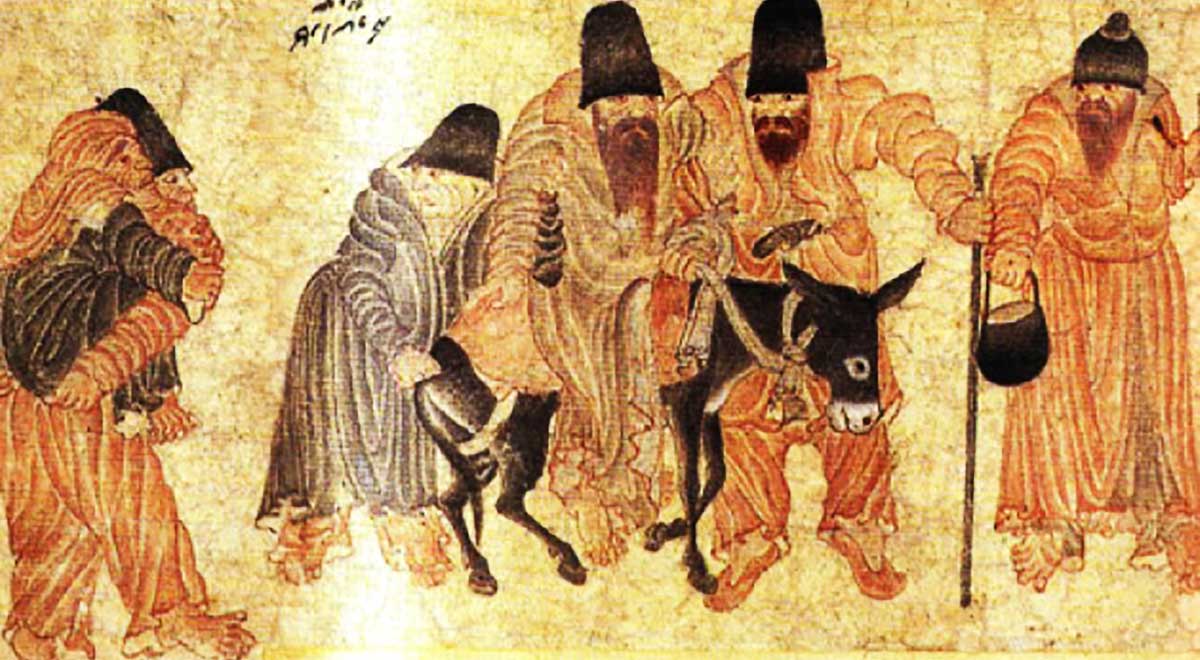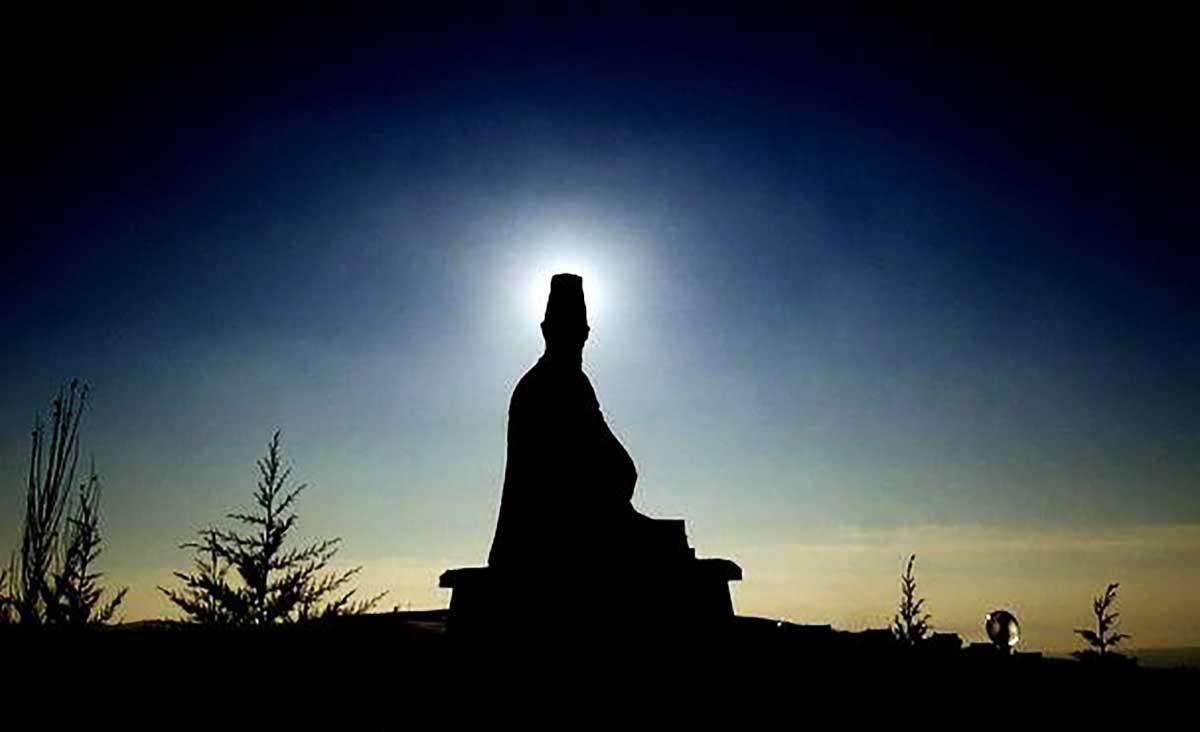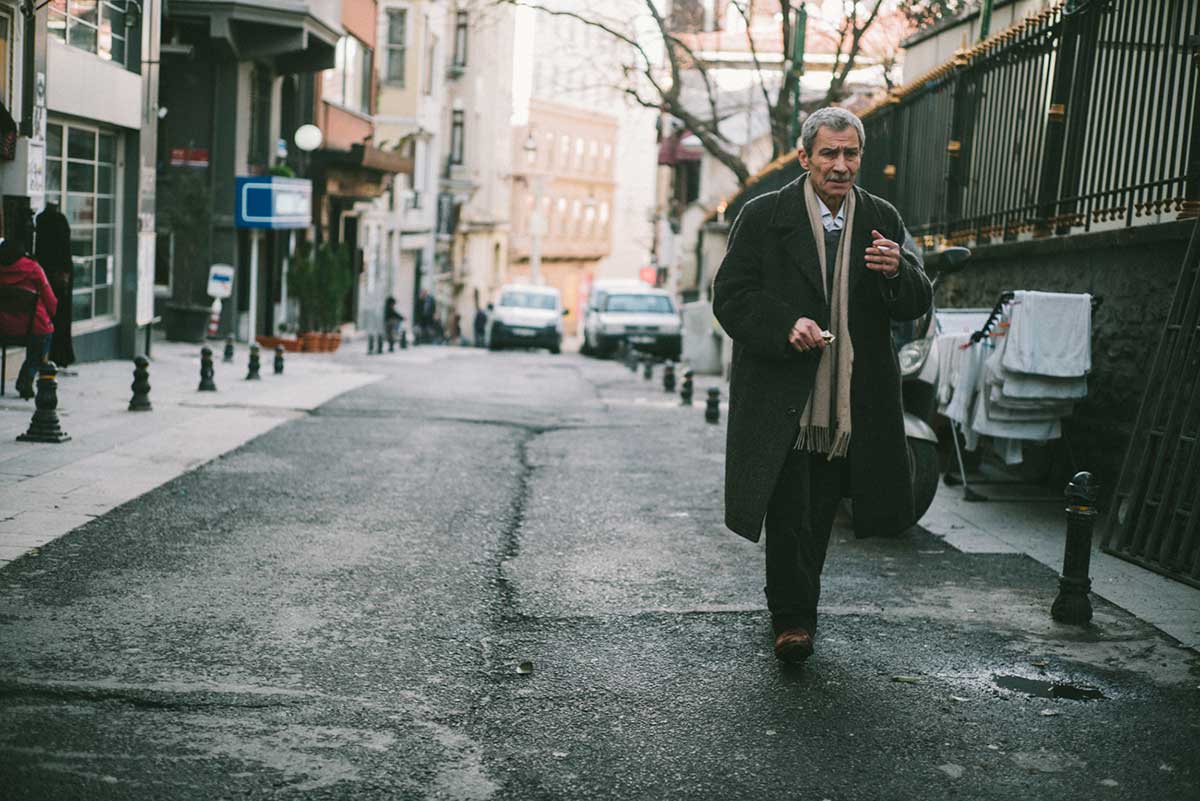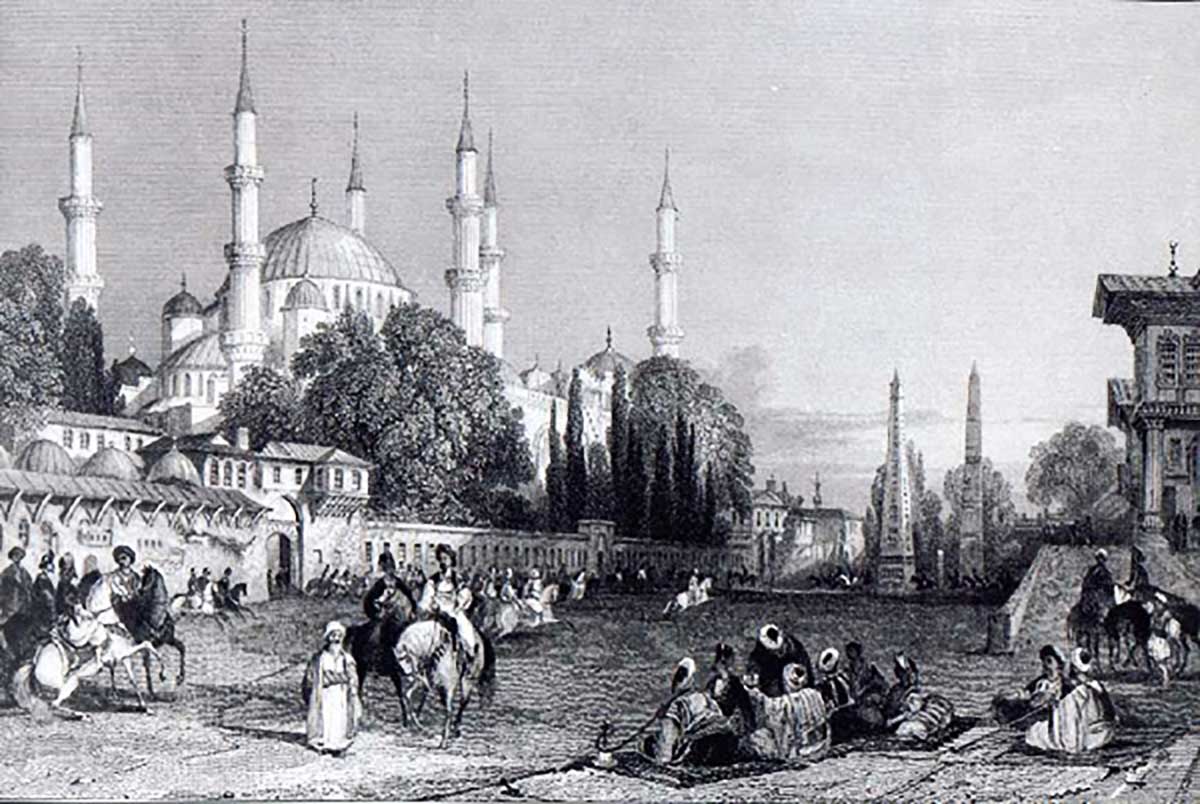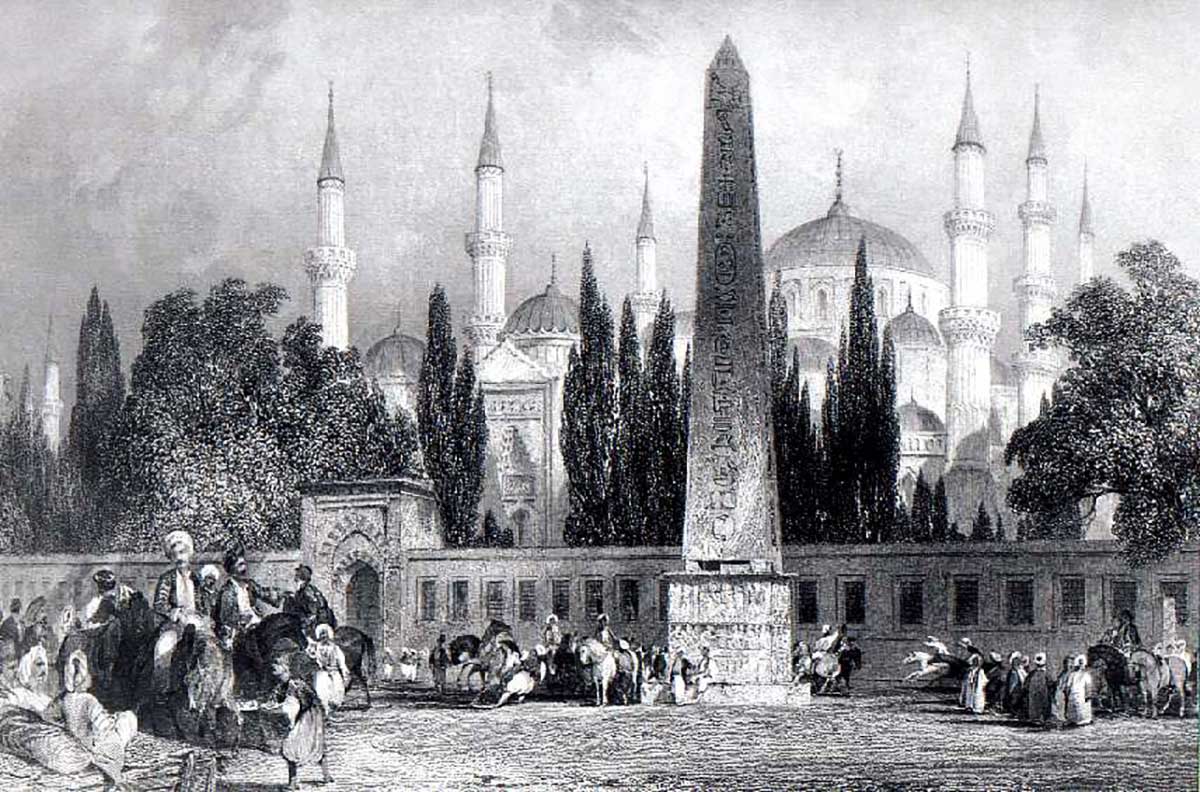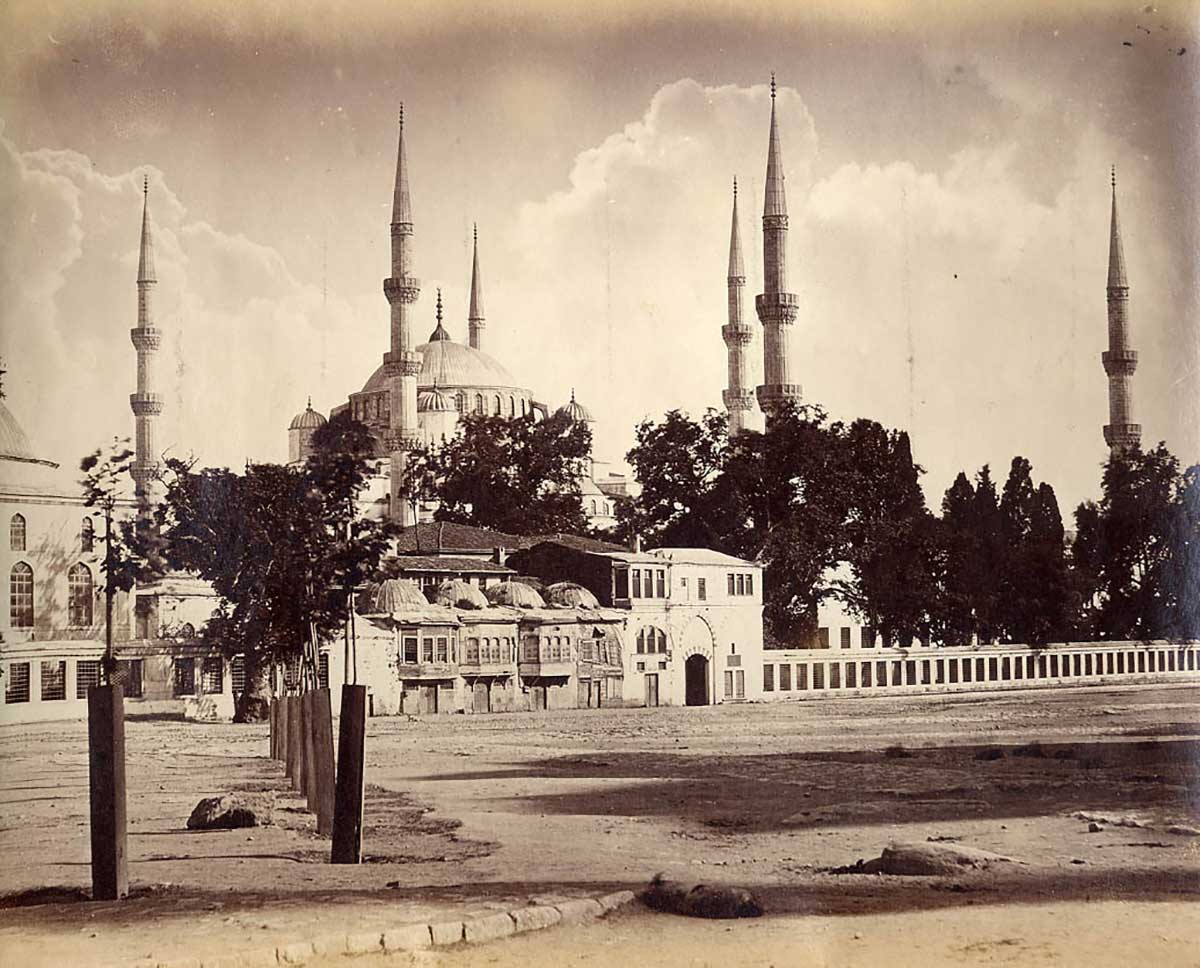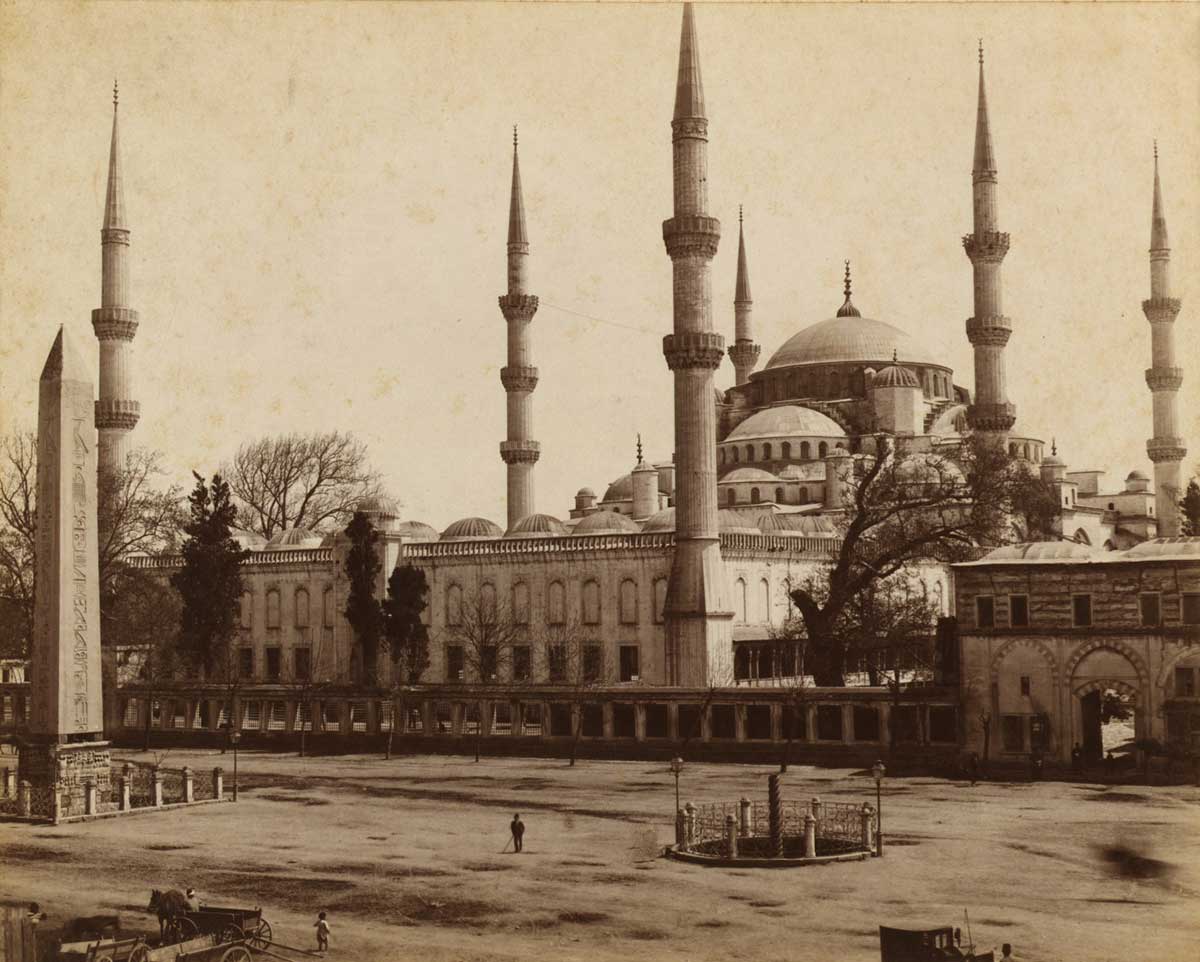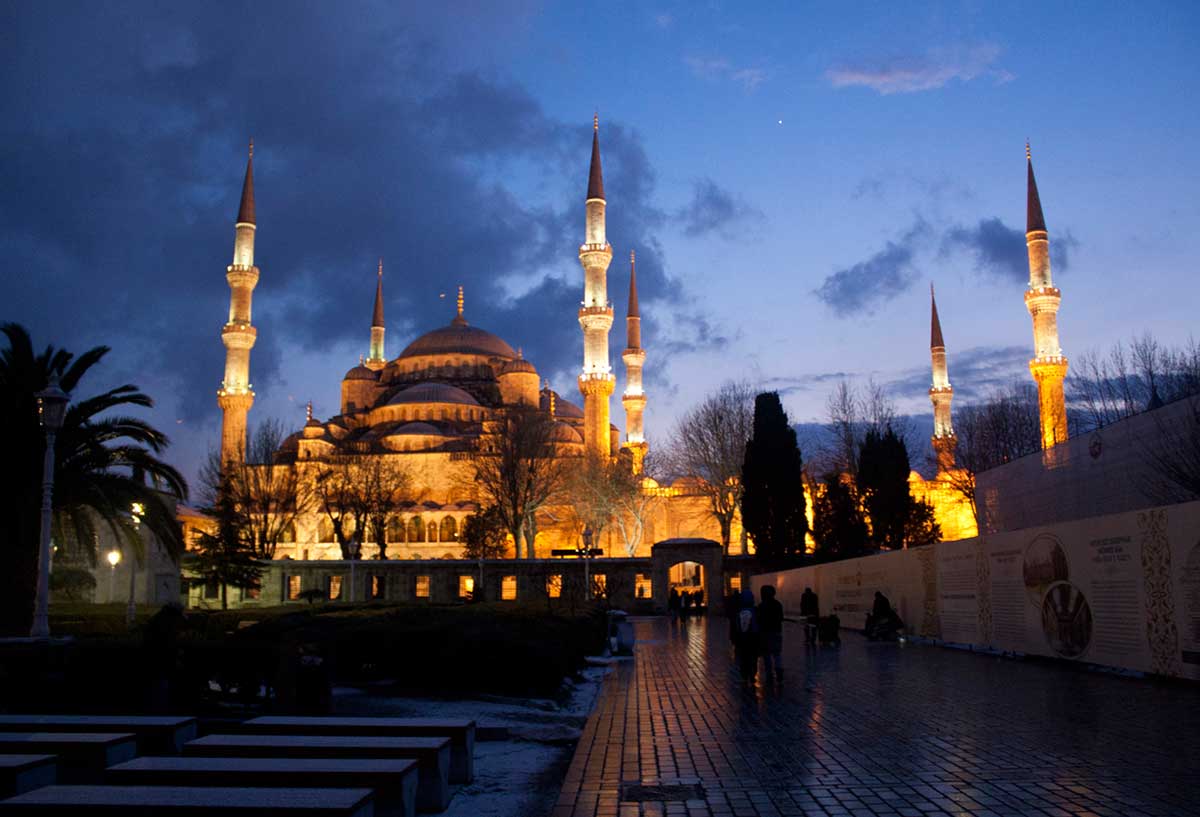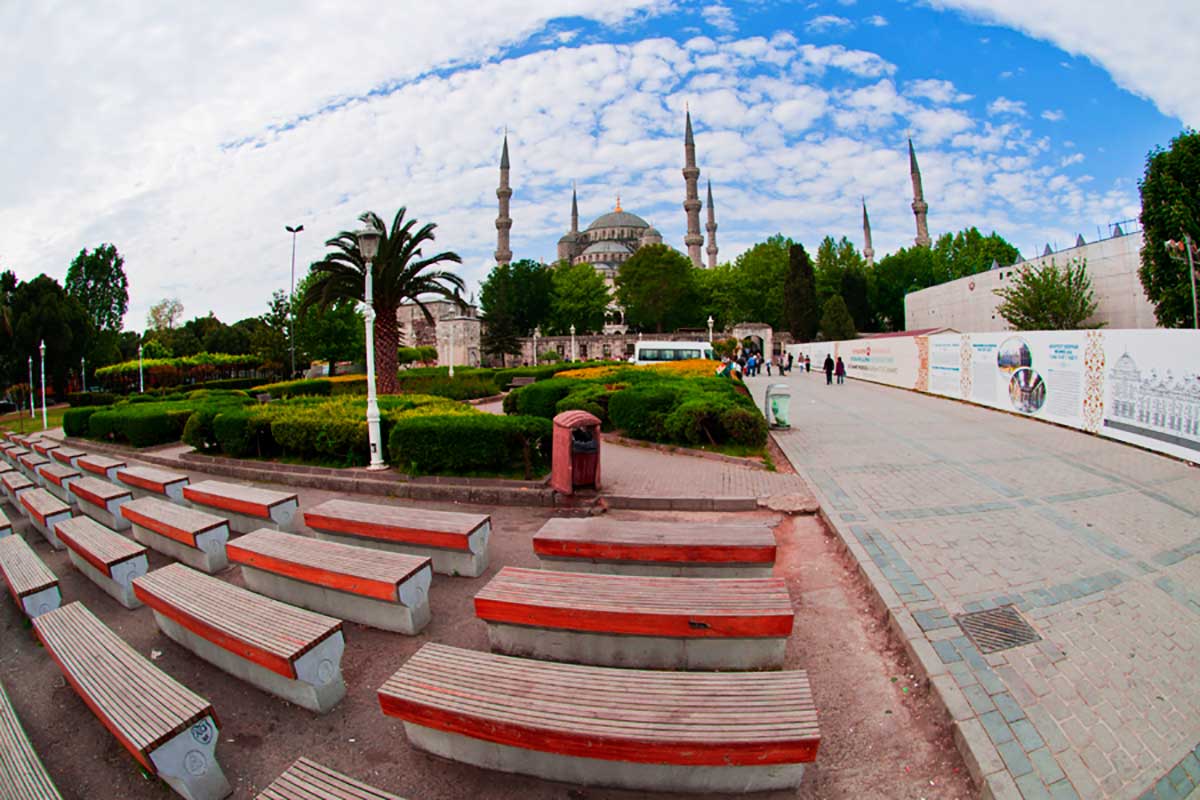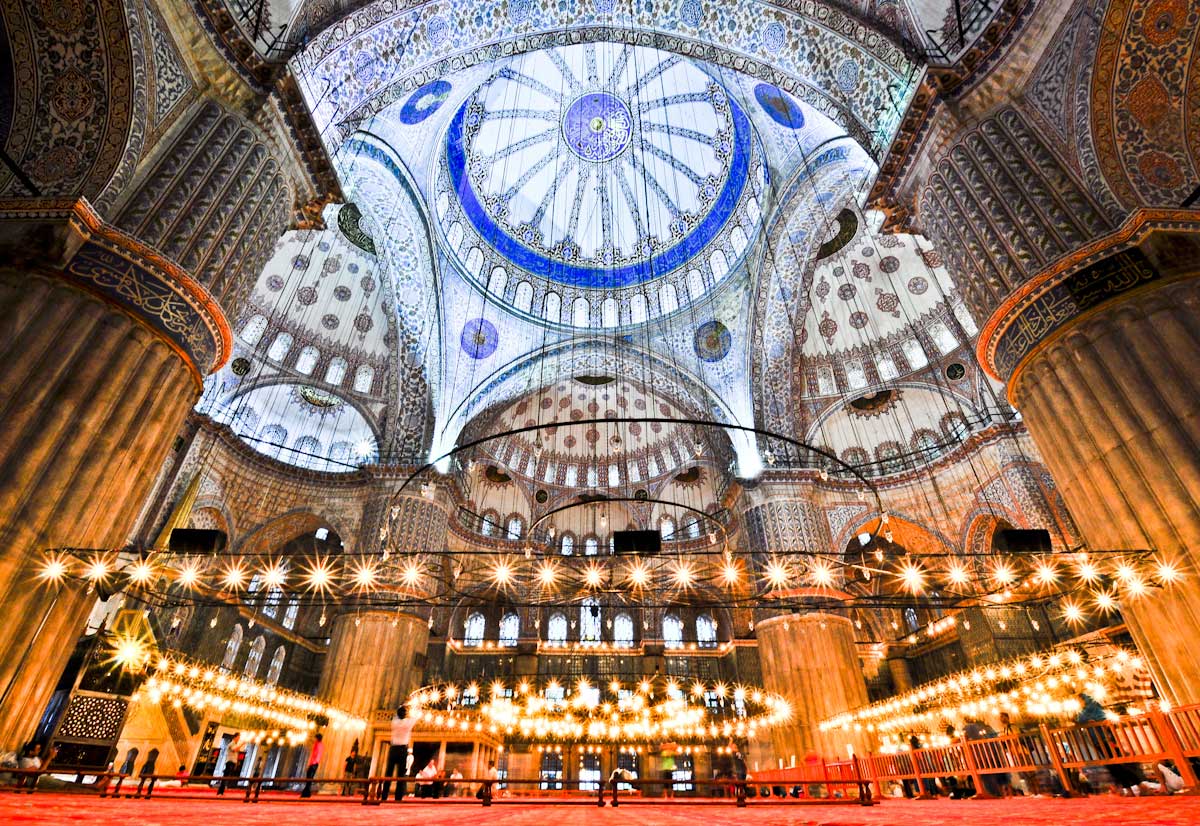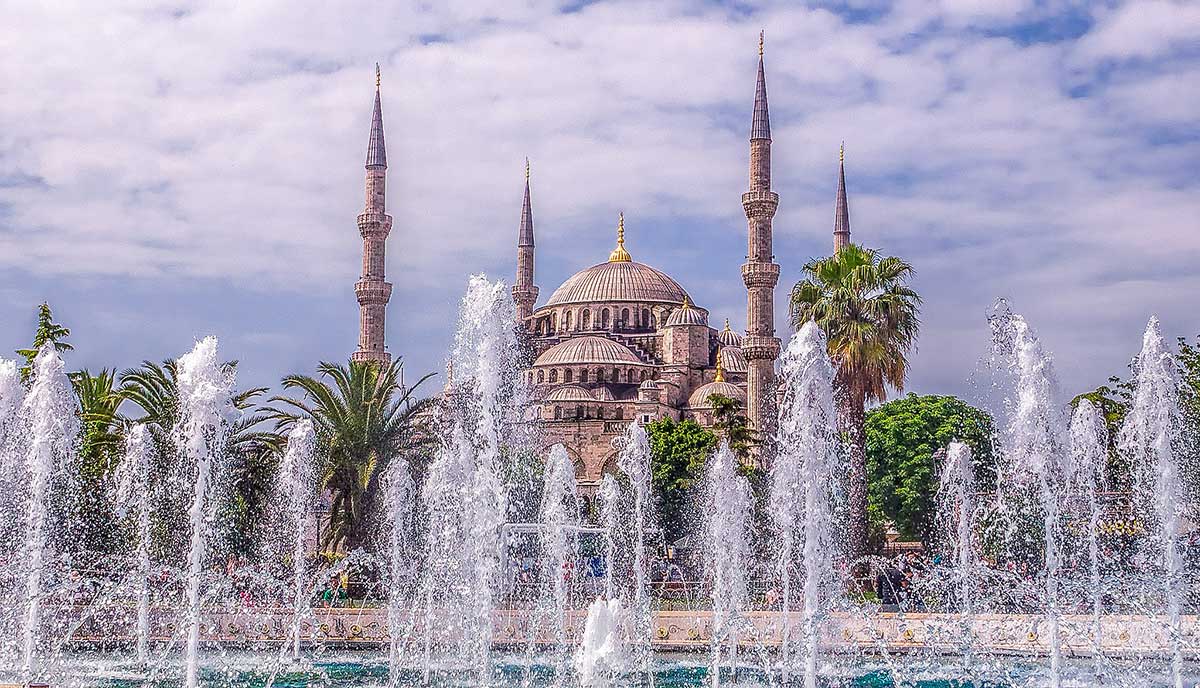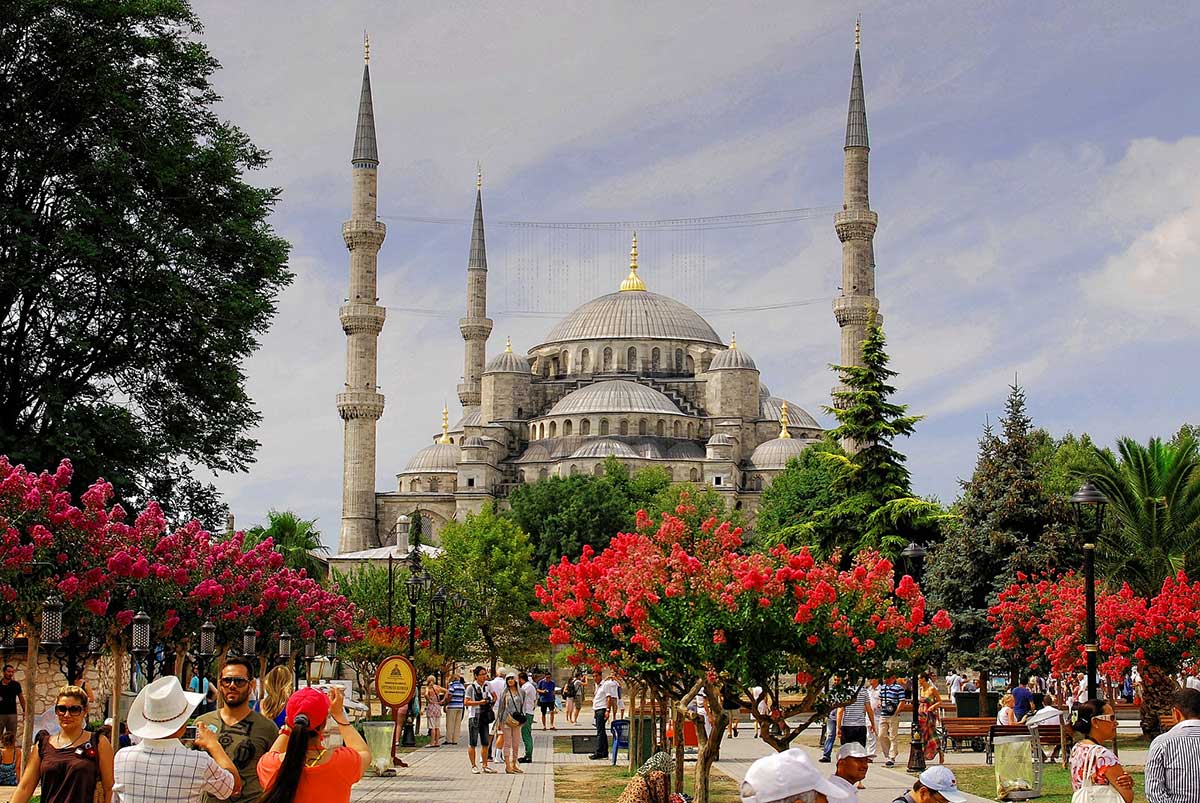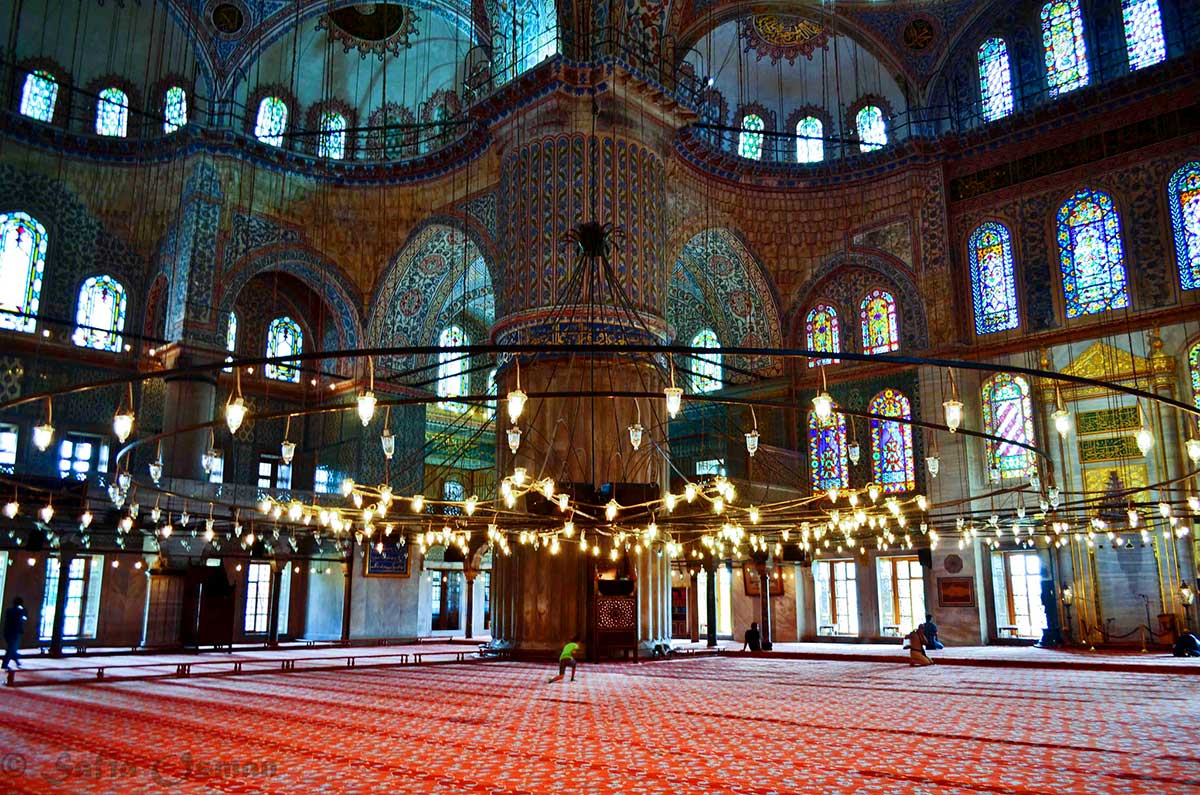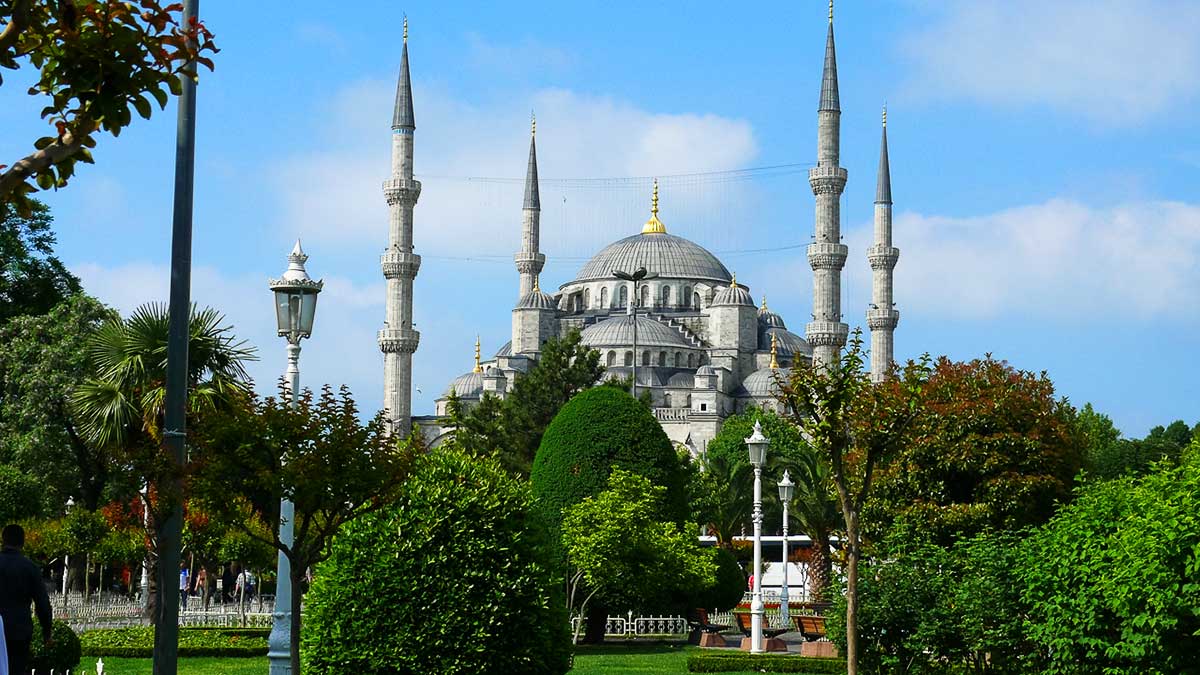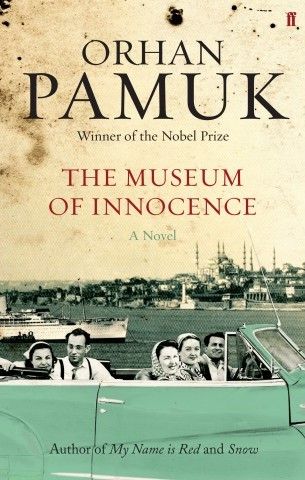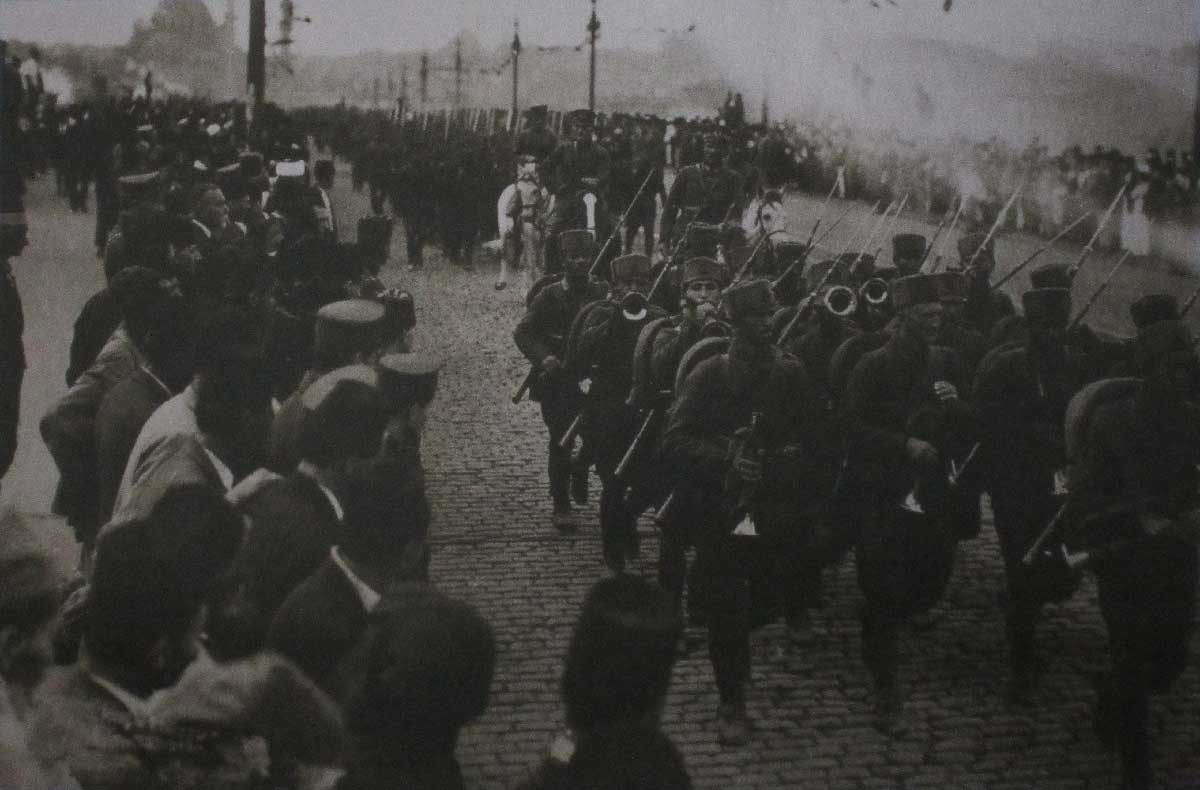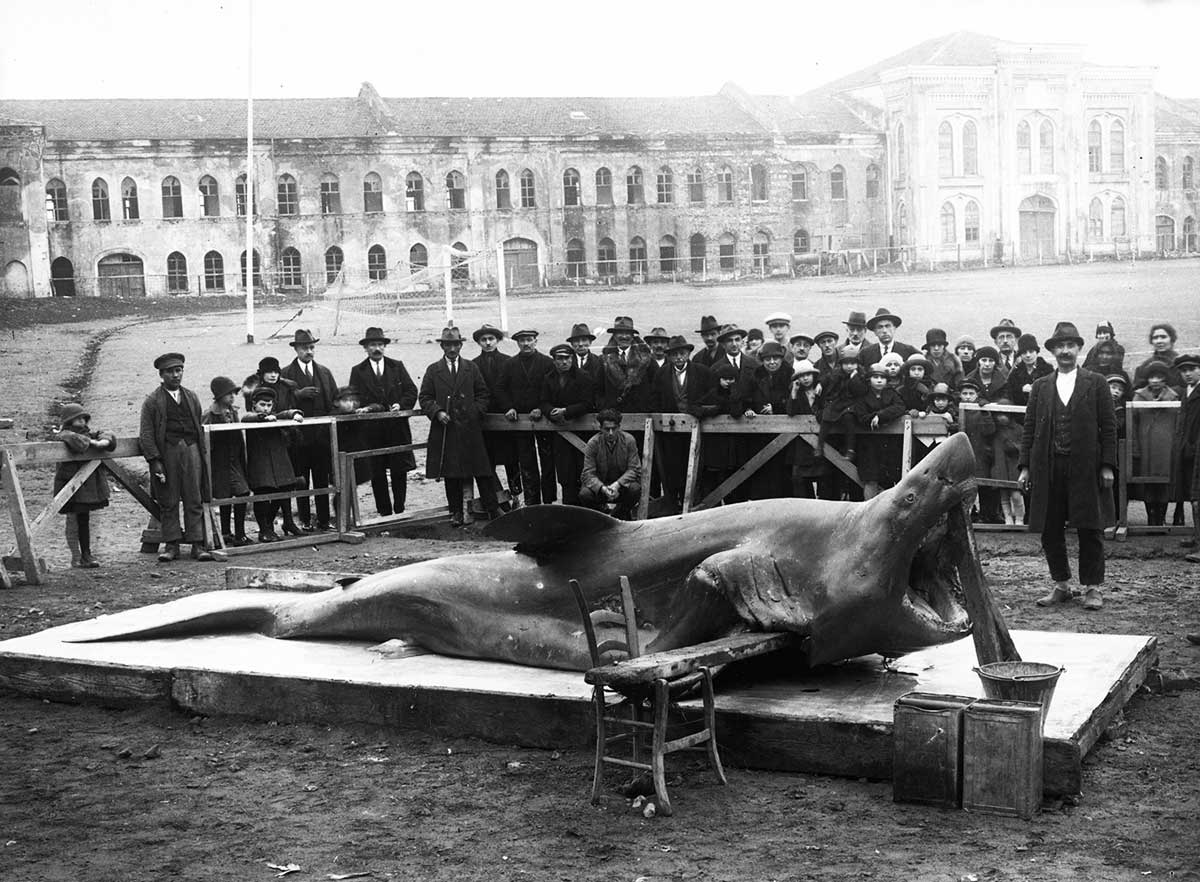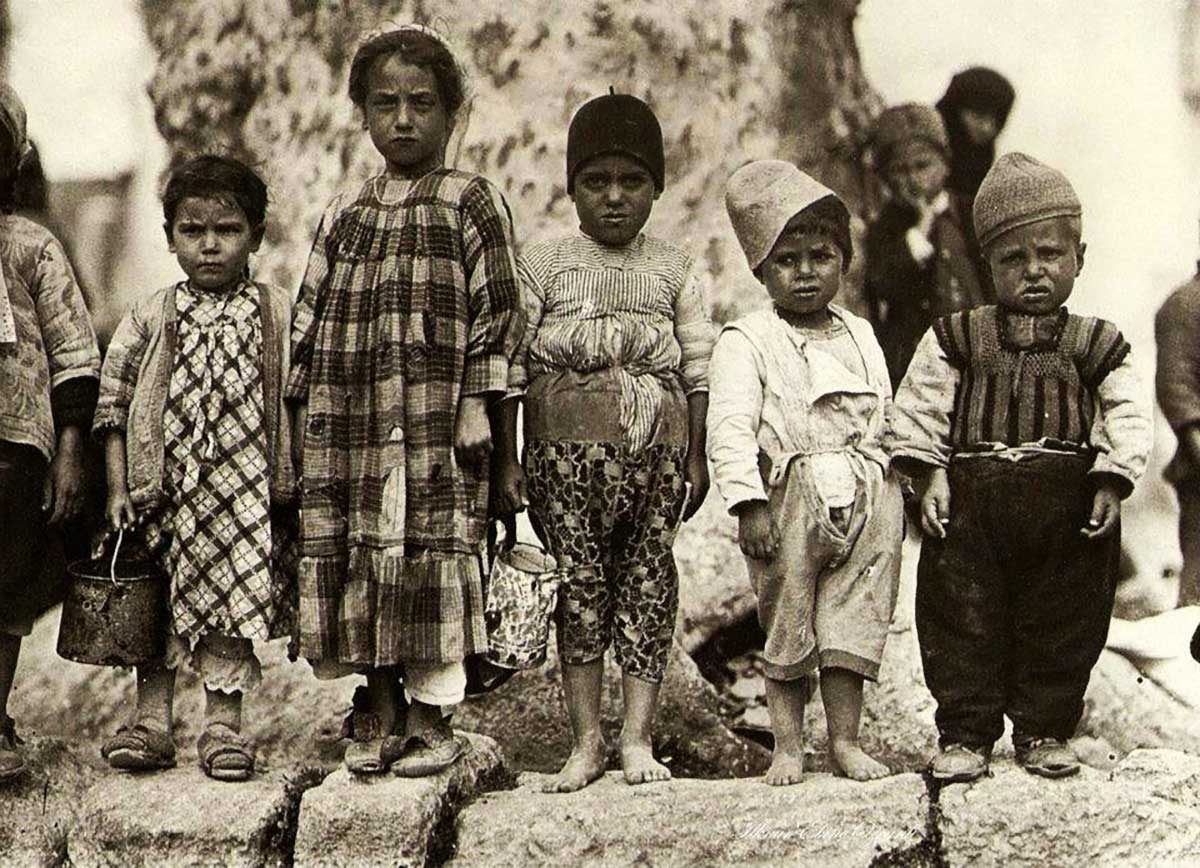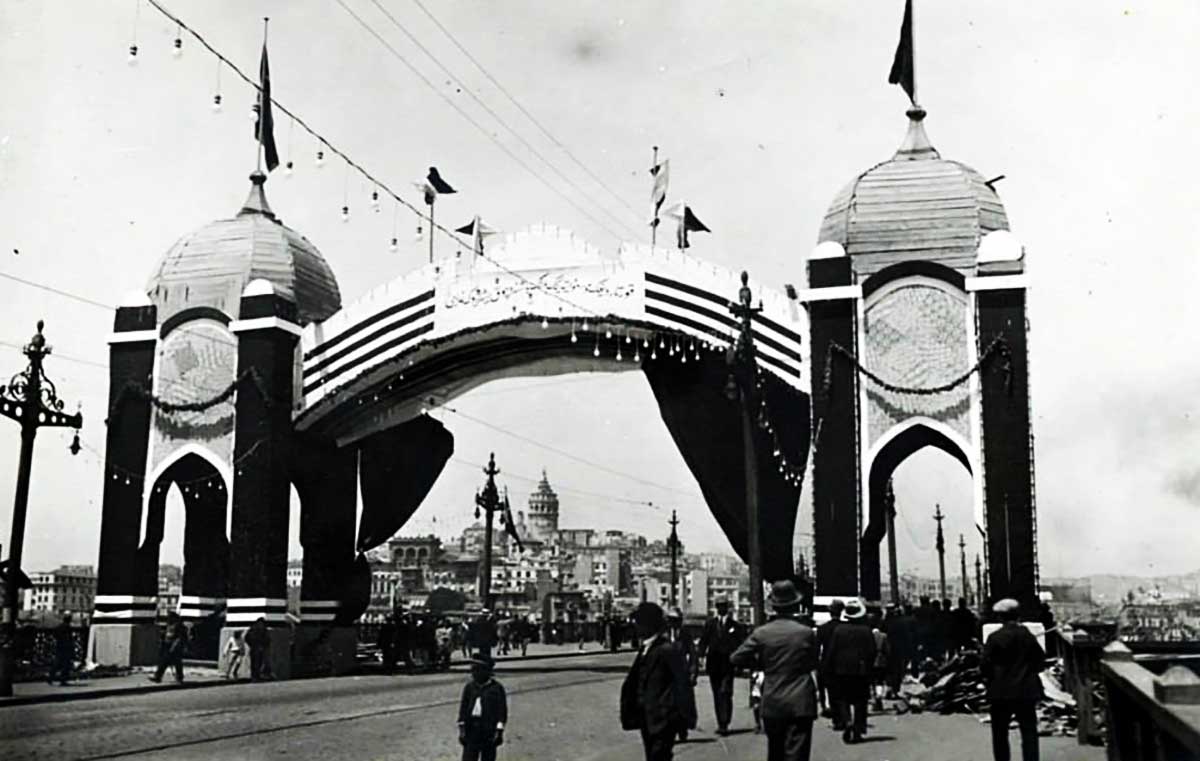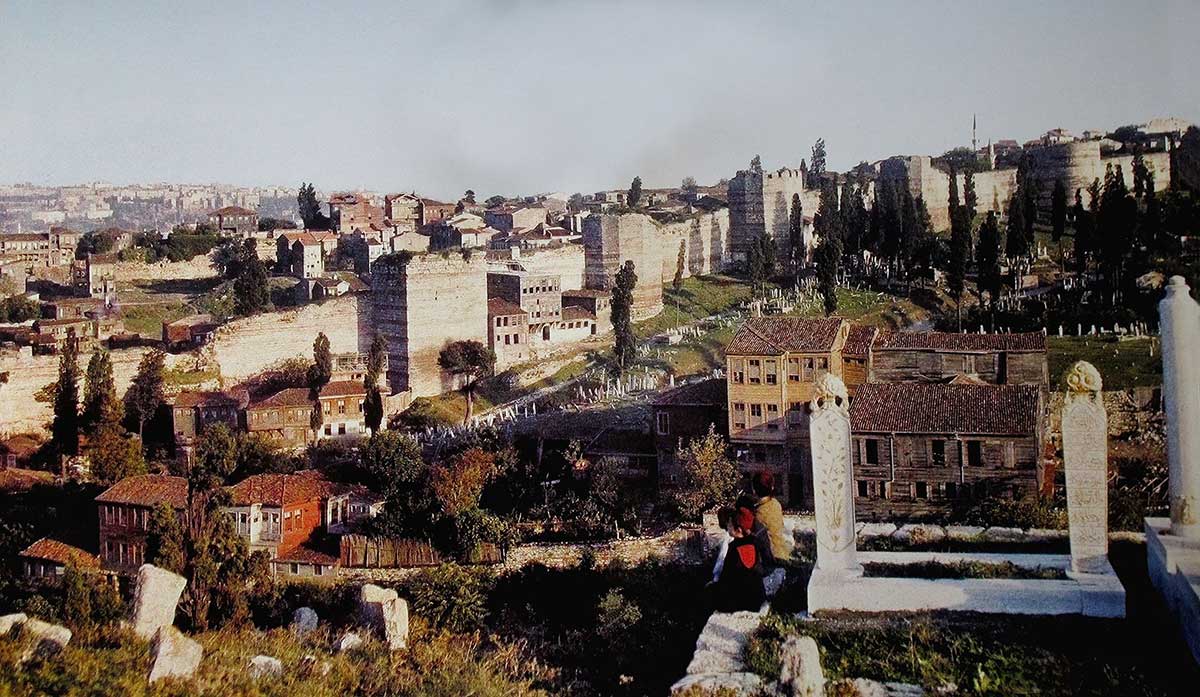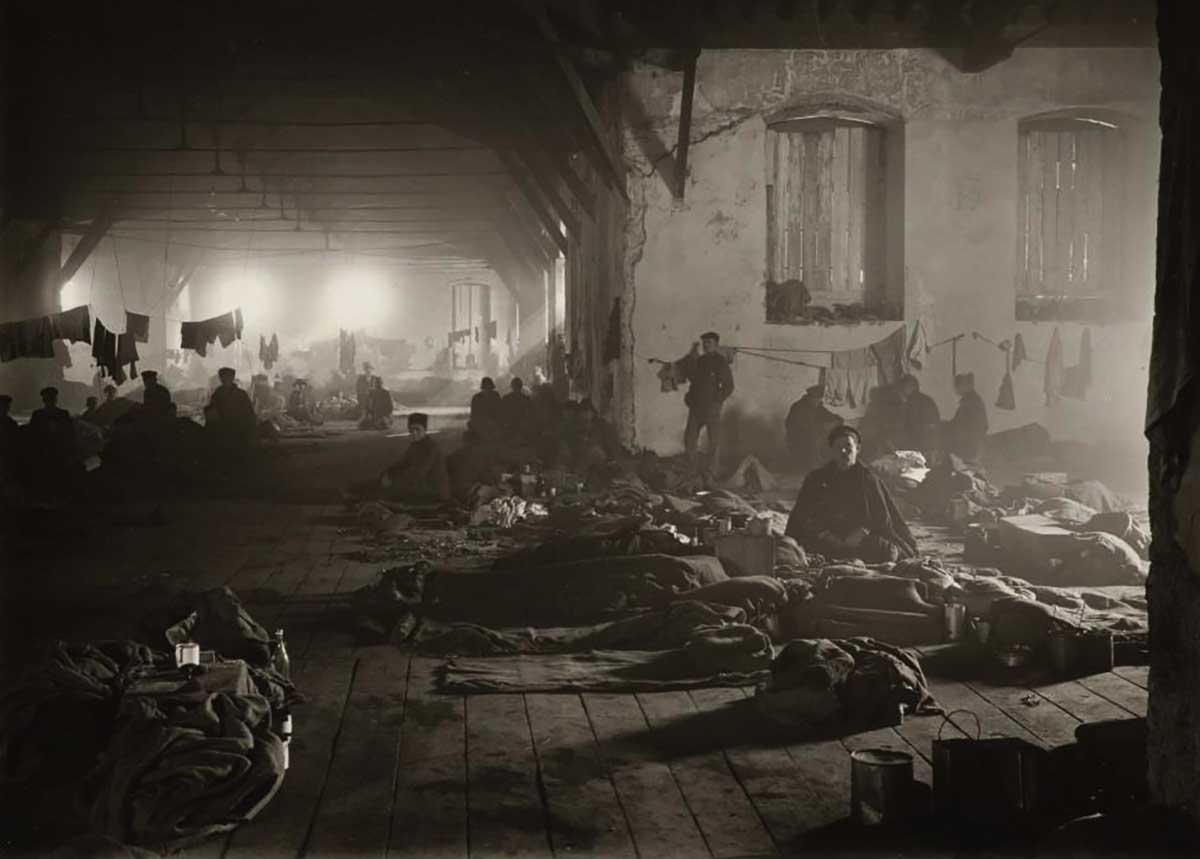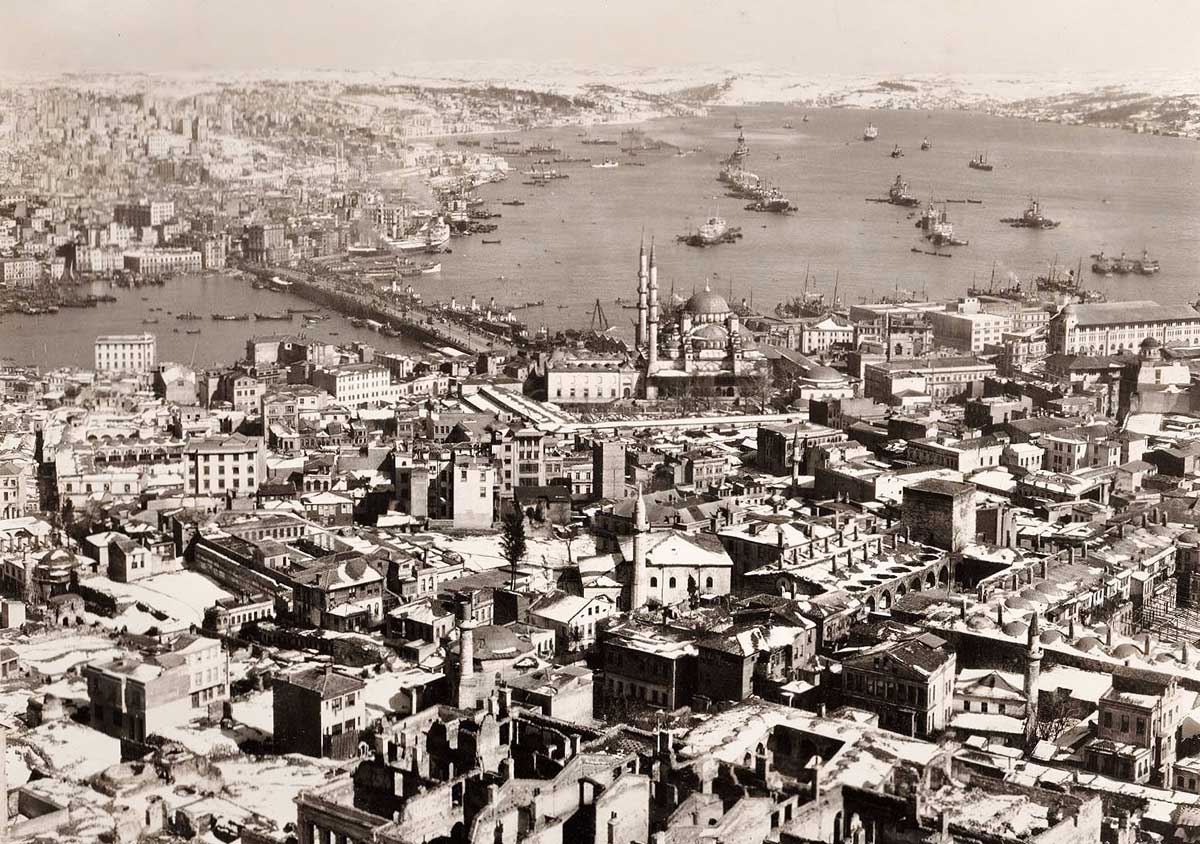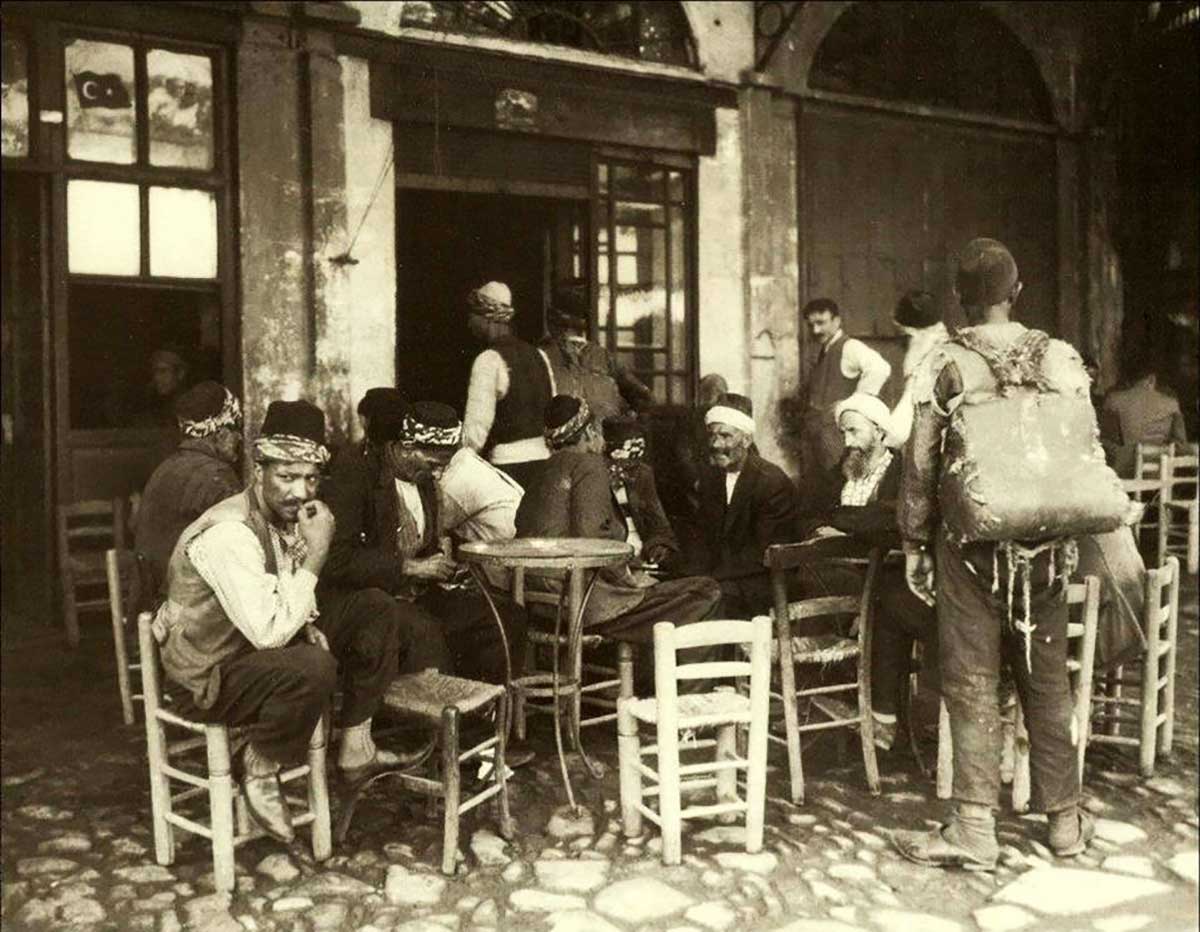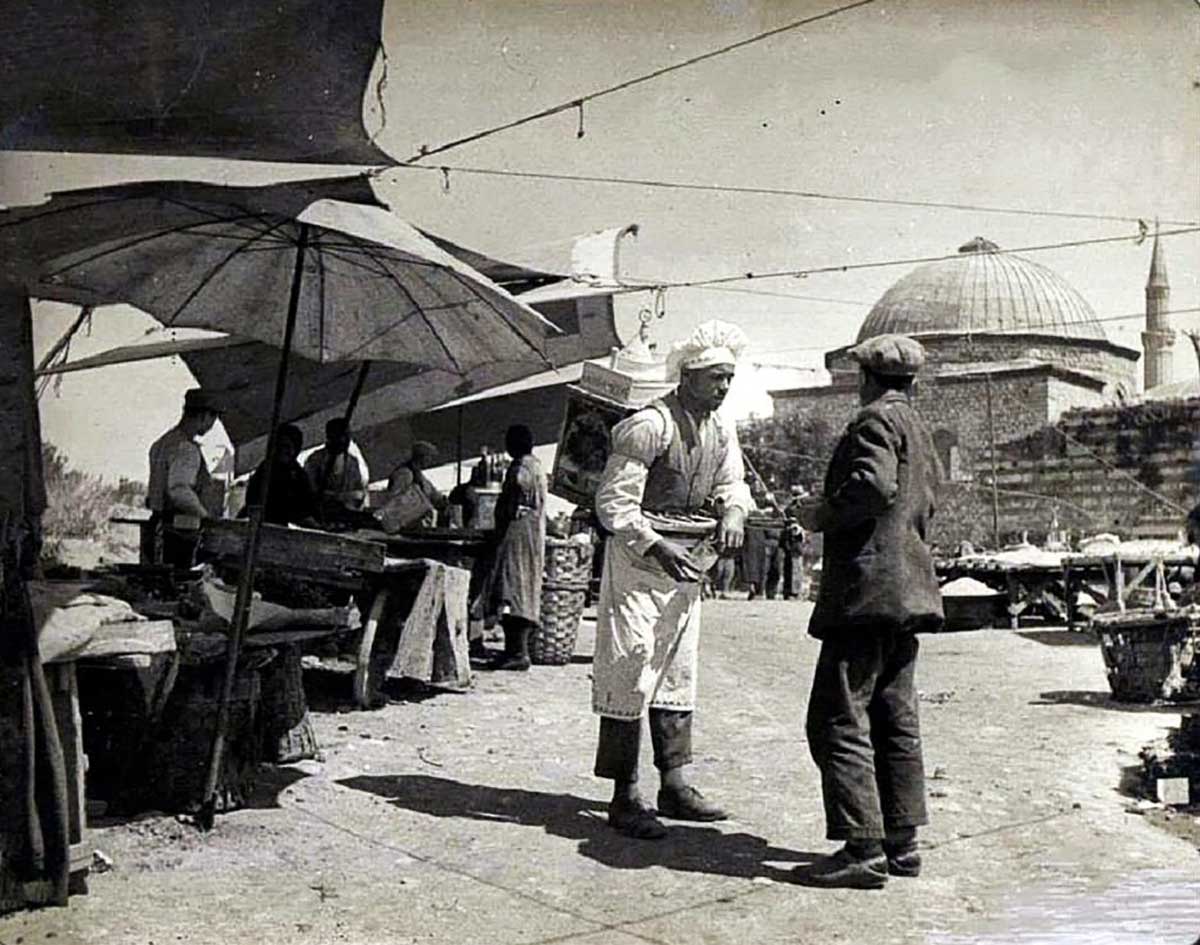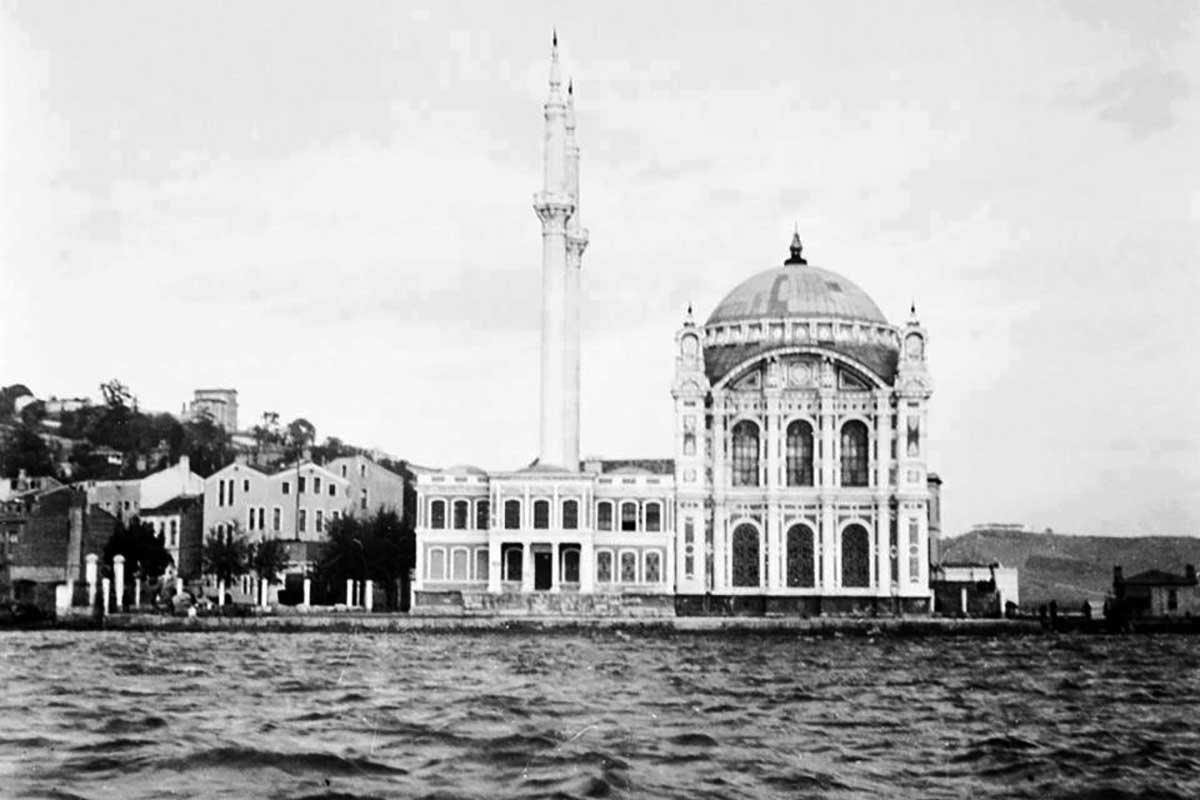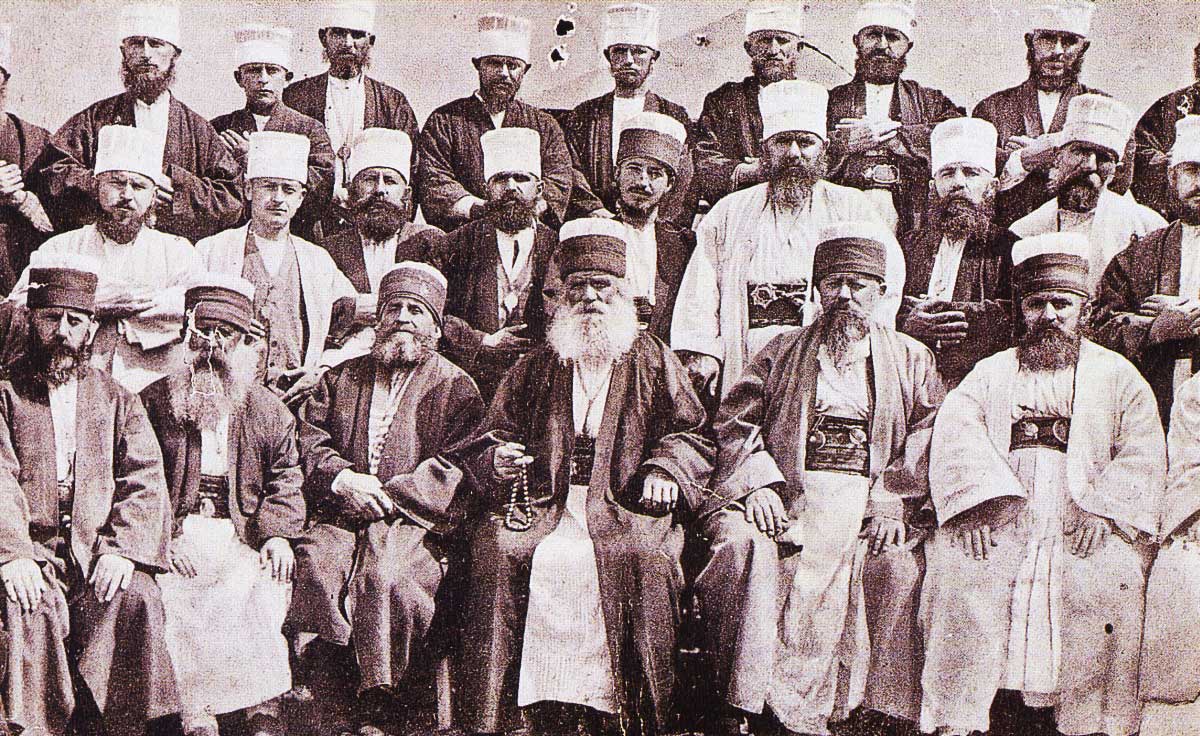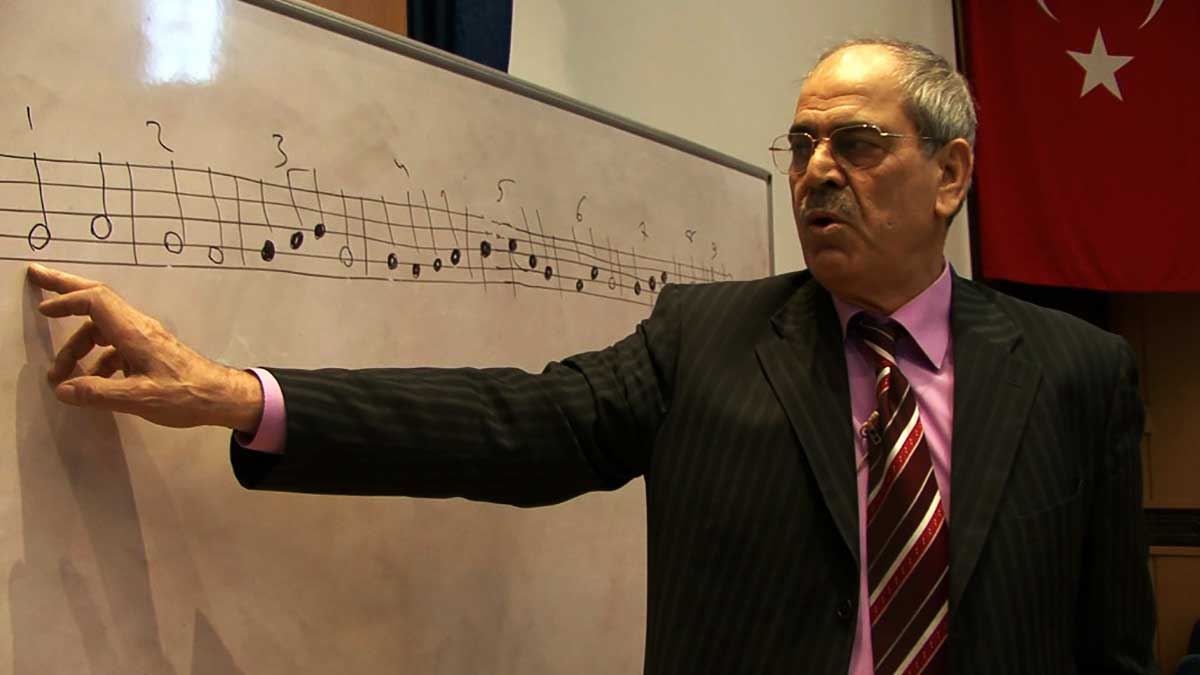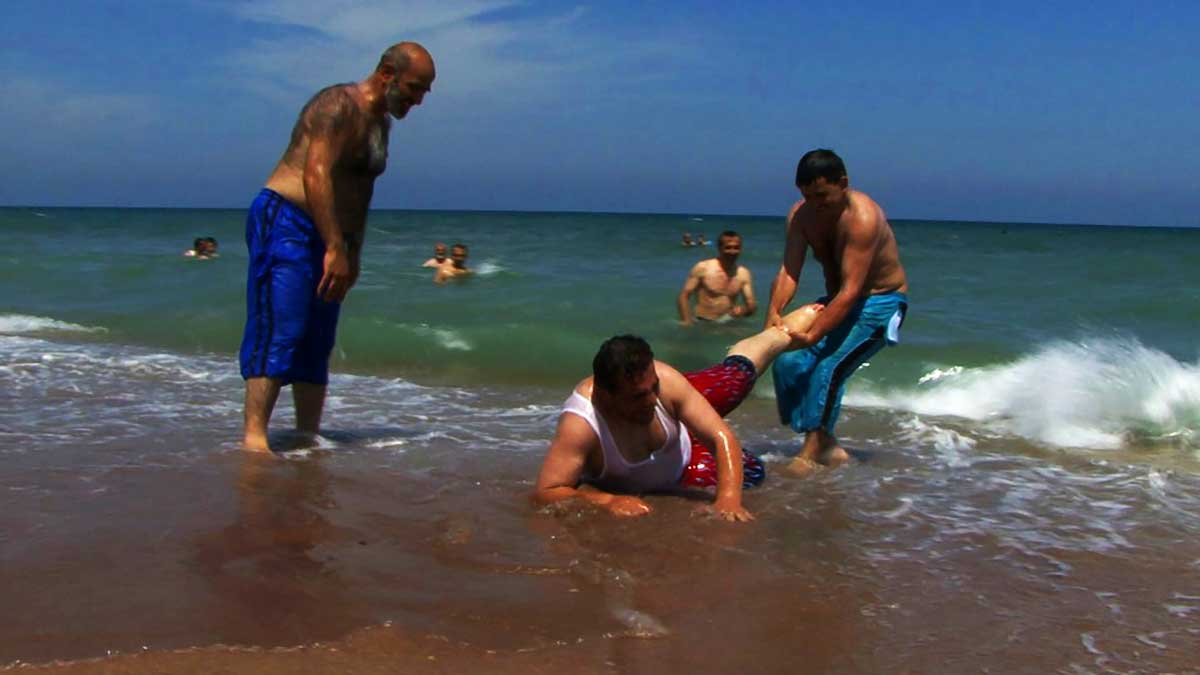Tarlabaşı originally emerged as a neighbourhood in 1535 and predominantly housed embassy officers and Levantines. During the first years of the Turkish Republic, the majority of the embassies and their officers moved to Ankara. In 1942 the wealth tax was introduced, a higher tax rate which was imposed on the countries non-Muslim inhabitants. As a result of this many minority groups, who were of non-Muslim origin, had to leave the country, or were forced to work in labour camps in Eastern Anatolia as a result of their inability to pay the tax. When finally the Istanbul pogrom took place in 1955, most Greek and Jewish settlers left the country and the houses they were living in, of which a lot were located in Tarlabaşı, remained empty. However, not for long, with the increasing migration rates from the rural areas to the cities, the population of Istanbul rapidly increased. The newcomers, who were seeking cheap accommodation, quickly settled in the abandoned houses in Tarlabaşı.
The year 1980 was a turning point for Tarlabaşı. With the increasing power of local municipalities, Bedrettin Dalan built the Tarlabaşı Boulevard by destroying 350 houses. With the boulevard, the social and economic difference between Tarlabaşı and İstiklal Caddesi became more visible and nobody was willing to live on ‘the other side of the boulevard’.
Today, the neighbourhood contains a mixture of different ethnic origins such as Syrians, Kurds, Romani people and illegal immigrants from Eastern Europe or Africa. Twenty percent of population is Romani, thirty-five percent of the population is Kurdish. Tensions in the area mostly originate from disputes between these two groups.In addition to that political issues have caused a divide within the Kurdish community which causes conflict as well. . However, despite these tensions, there is one common denominator for all the groups; they share the destiny of the same neighbourhood. In 2007, the government started an urban renewal project in Tarlabaşı, which was necessary to cut down to the high crime, drug trade and prostitution . The renewal project changed the structure of buildings but the consequences fall upon the settlers of the neighbourhood. These consequences are shared by all living in Tarlabaşı, and it is the NGO’s that bring the settlers together to help them defend their rights and reduce the impact of those severe consequences. Unofficial observations can express the reason why the Tarlabaşı settlers are in the unequal situations. The streets are broken and lack maintenance. The conditions of structures and substructures are neglected. It is clear to see the municipality does not invest in the maintenance of Tarlabaşı. On the other hand the settlers are unemployed. The black market exists on the streets of Tarlabaşı because the inhabitants try to manage their lives.
The Tarlabaşı Community Centre was constituted in 2006. The first reaction of the people to the volunteers of the Tarlabaşı Community Centre was not positive. The mukhtar claimed that they could not continue their organisations for more than a year because the people in Tarlabaşı have trust issues due to the high crime rates and political disagreements going on in the area, they find it uncomfortable and unnecessary to trust these strangers and participate in their organisations. And yet, people working with the Tarlabaşı Community Centre managed to gain people’s trust, they are still able to maintain their existence successfully. The question of how they managed this is answered by C.S., director of Tarlabaşı Community Centre:
[su_quote]From May to September of 2006, I knocked on the doors of every family in the quarter as the security officer and executive assistant of the centre. I visited cafes, churches, mosques, groceries, stores and told everyone who we are, why we are here and what we are planning to do.[/su_quote]
The centre’s main aim was to make people aware of their own rights and to solve the major problems going on in the area. They also planned to work with the children, which was problematic because families were concerned that their kids could become like the strangers working with them, whom they don’t trust. C.S. told us how they overcame this problem as well:
[su_quote]We did not let any child to participate in our organisation without the approval of their parents’. Also, on the first day, the children had to go to the centre with their families so that they could observe what we are doing and see that we are harmless. We also assured the parents that they could take their approval back anytime they wanted.[/su_quote]
The Tarlabaşı Community Centre has an organised structure, they work with full time social workers, an administrative staff and a security woman, and they also have part time psychologist and a volunteer coordinator. They organize workshops, ateliers, study sessions, seminars and they teach students how to become a volunteer as well. In 2013, because of financial conditions, the centre had to move a new office with only one classroom. However with the help of the Tarlabaşı people, they managed to find a new office, and the help they got from the people living in the area indicates that people started to see the Tarlabaşı Community Centre as an organisation of their own. Every year approximately 250 volunteers apply to the centre and an average of 800 people participate in the activities organised by volunteers.
Because the Tarlabaşı Community Centre is a very successful organisation, it has been visited by representatives from all over the world. Among many successful organisations of the community centre, we feel the need to mention two of them; the following two paragraphs are quotations from the website of the Community Centre:
[su_quote]The Club of Sparkling Children was founded in 2008. The club members are meeting up every week with the purpose of discussing their rights, agendas, and needs within the scope of children’s rights. The club creates an environment for the children to express themselves freely and publishes a magazine called The Sparkling Children in every three months within the framework of the specified themes. The activities of The Club of the Sparkling Children, where the members of the magazine writers and members are the children aged between 8 and 14, are supported by the Sabancı Foundation, Changemakers Program as a part of “I have Things to Say” Project within the period of 2014-2015.[/su_quote]
[su_quote]The literacy program continues since 2006 with the support of AÇEV for the women who had to leave primary school or couldn’t continue their education due to various reasons. Those who participate in the program regularly and pass the exam which is organised by the Public Education Directorate, deserve the “certificate of literate”. Each year approximately 20 women participate in the program at the Tarlabaşı Community Centre.[/su_quote]
Today, someone hardly finds the Tarlabaşı as it was in the old day because the surroundings have been demolished by the government’s urbanisation projects. These NGOs still try to raise awareness in Tarlabaşı and resist against the government’s project. They save children and help the needy settlers, instead of leaving or demolishing or, more properly, gentrifying the neighbourhood. For your interest, most of them need volunteers to deal with this gentrification. If you would be interested in taking part in these organisations we highly recommend you to visit their offices which are located in the area.
In colloboration with Remziye Aslan and Sueda Evirgen.











